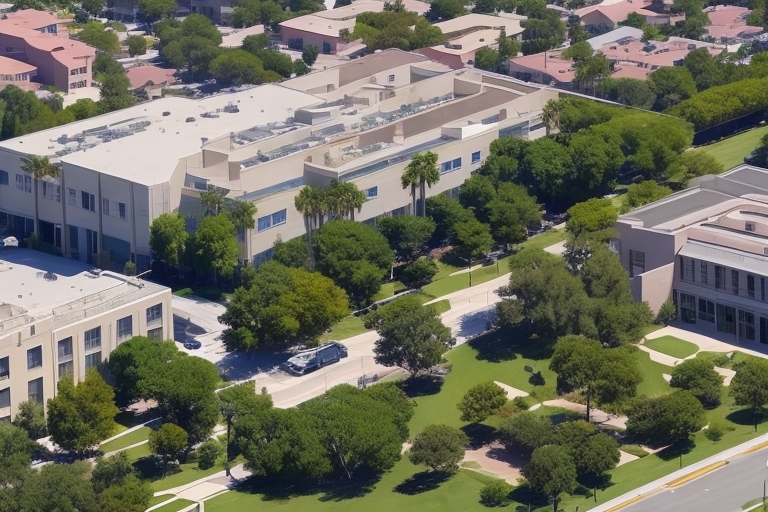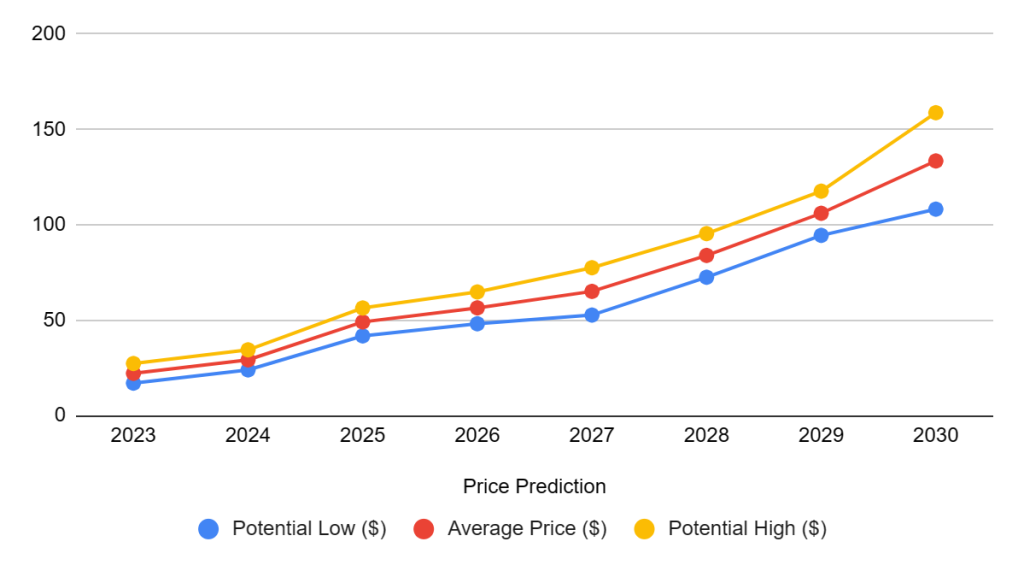A scandal revolving around the distribution of AI-generated nude images at Beverly Vista Middle School has exposed significant gaps in existing laws. The incident, under investigation by the Beverly Hills Police Department, involves students allegedly sharing photos of classmates altered using artificial intelligence technology. Despite the gravity of the situation, determining whether criminal charges apply proves to be a complex challenge due to the evolving nature of technology and the existing legal framework.
Legal ambiguity surrounding AI-generated nudes
The use of AI-generated deepfake technology to doctor images complicates the applicability of existing laws, particularly concerning child pornography. While federal law prohibits computer-generated images of identifiable minors in the context of child pornography, California’s laws lack explicit mention of artificially generated images. This legal loophole presents a significant obstacle in prosecuting offenders under current legislation.
Interpretation and challenges
Legal experts offer varied perspectives on the matter. Joseph Abrams, a criminal defense attorney, argues that AI-generated nudes may not meet the criteria for child pornography as they do not depict real individuals. However, others contend that the harm inflicted by such images remains consistent with the intent of existing laws aimed at protecting minors. The absence of specific provisions addressing AI-generated content underscores the urgent need for legal clarity in this rapidly evolving technological landscape.
Proposed legislative measures
In response to the inadequacies highlighted by this incident, lawmakers have introduced several bills aimed at addressing the gaps in current legislation concerning generative AI. These proposals seek to extend criminal prohibitions on the possession and distribution of child pornography to encompass computer-generated imagery. Additionally, initiatives to convene expert panels and working groups aim to provide lawmakers with informed guidance on navigating the complexities of AI-related legal matters.
Implications for child safety and technology regulation
The emergence of AI-generated content poses profound challenges for safeguarding children against online exploitation and abuse. Dr. Jane Tavyev Asher, director of pediatric neurology at Cedars-Sinai, emphasizes the critical importance of balancing technological access with protective measures. As technology continues to advance at an unprecedented pace, ensuring comprehensive regulation and oversight becomes imperative in mitigating potential risks to children’s well-being.
Parental responsibility and collaboration
Amidst calls for stronger regulation, board members and education officials underscore the crucial role of parental involvement in monitoring children’s online activities. Rachelle Marcus emphasizes the need for parental vigilance beyond school hours, highlighting the necessity of fostering collaborative efforts between schools, families, and policymakers. Judy Manouchehri echoes this sentiment, emphasizing the importance of partnership in addressing the multifaceted challenges posed by advancing technology.
The scandal surrounding AI-generated nudes at Beverly Vista Middle School illuminates broader issues concerning the intersection of technology, law, and child safety. As society grapples with the implications of AI advancements, policymakers, educators, and parents must work together to enact comprehensive measures that prioritize the well-being and protection of children in an increasingly digital world. Only through concerted efforts and proactive strategies can we effectively navigate the complexities of this evolving landscape and safeguard the future of our youth.





